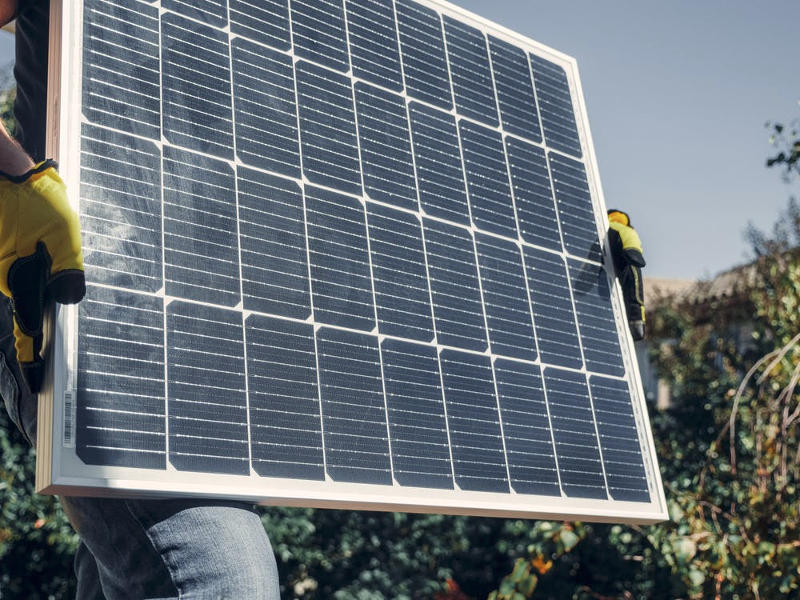How Does the Solar Tax Credit Work?
Did you know that if you’ve recently upgraded your home or business to be powered by solar, you may be eligible for a solar tax credit? The federal solar tax credit is an incentive program offered by the federal government to encourage Americans to install and use solar power to provide energy for their homes. Solar power has many benefits, such as reducing the need for fossil fuels and coal, but the installation of solar power equipment can be expensive. The solar investment tax credit (ITC) program was created as a way to offset some of these high costs.

How does the federal solar tax credit work? The solar panel tax credit allows you to deduct a percentage of the solar installation cost from your federal taxes. Homeowners and businesses can apply the solar ITC to their taxes, and there is no limit on the amount that can be claimed. However, only owners of newly installed residential or commercial solar systems can receive the IRS’s solar tax credit.
How much can be deducted from your federal taxes for the solar energy tax credit? When the program started, it was a 30% deduction on your taxes, although Congress lowered the amount that could be deducted when they passed their most recent extension of the program. These are the past, current, and future tax incentives for solar power installation:
- 2016-19: 30% of the cost of the system
- 2020-22: 26% of the cost of the system
- 2023: 22% of the cost of the system
- 2024: 10% of the cost of the system (only applies to new commercial solar power systems; there is no residential solar tax credit currently in place for 2024)
What expenses does the solar energy tax credit cover? It covers a large amount of the installation costs, which can include:
- The cost of the solar panels or cells
- The labor costs for onsite preparation, assembly, and installation. Permitting fees, developer fees, and inspection costs can also be included in the labor costs.
- Any additional equipment for the system, like wiring, mounting hardware, and inverters
- Energy storage devices, such as batteries, that are charged exclusively by your solar system
- Even the sales taxes from any eligible expenses can be covered by the federal solar tax credit.
Now that you know how the solar tax credit works, it’s time to see if you’re eligible to claim it. The following criteria must be met to claim the solar panel federal tax credit:
- You must own the solar energy system. If you are leasing a solar system or purchase electricity generated by a solar system you don’t own, then you are not eligible for the solar investment tax credit.
- Your solar power system must be new and must have been installed during the tax calendar year. The solar tax credit can only be claimed on the original installation of the system.
- Your solar power system must be installed after Jan. 1, 2006, when the program began, and before Dec. 31, 2023, when the residential solar ITC program is slated to end, although there’s always a possibility that Congress will renew the program in 2023.
- The solar power system must be located at your primary or secondary residence in the United States. The solar power tax credit you receive will be reduced if the solar system is for your vacation home to reflect the time that you’re not there.
One thing to note is that if your deduction exceeds the amount of taxes you are liable for that year, the IRS will not give you a check for the difference. Instead, the credit can be carried back one year, or it can be carried forward 20 years. After 20 years, only half of the unused credit can be deducted, while the other half expires.
The federal solar tax credit program has been successful at motivating many Americans to make the switch to solar power and rely less on other forms of energy. Ever since the solar ITC was enacted in 2006, the solar industry has grown by more than 10,000%!